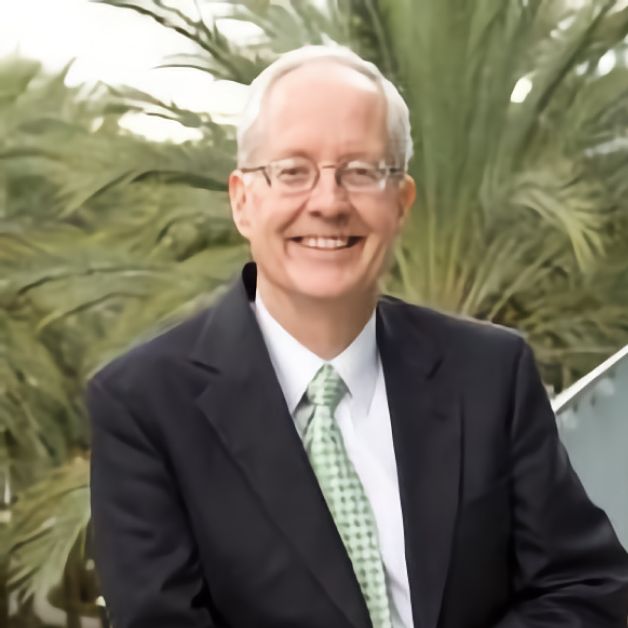In Real Algebra blogs #1 and #2, we addressed the need for a program that makes algebra and other grade 7-12 math topics accessible to many more students. We also discussed some of the characteristics of such a program, focusing the development of conceptual understanding. This third blog deals with another element that is essential to any math education program that seeks to be widely effective: resources that demonstrate to students the value of learning what we are asking them to attempt to learn.
First, though, we need to clear up a common misconception about mathematics itself.
It is generally understood that mathematics is a type of language. Specialized, certainly, because of its built-in logical relationships and the ability that it confers to describe objects, phenomena, characteristics, and relationships with great precision, but still in essence a language.
However, although It is generally understood that mathematics is a language, people often do not make the leap to the direct implication of that fact, which is this: as a language, mathematics can be used to describe anything in one’s environment or experience, just as the language of English (or French, or Russian, or Chinese, or Esperanto), can be used to be described any experience.
Imagine that you share an experience with a friend, and then you ask them to tell you about it. If they are unable to do that, you would not conclude that it was because the experience “did not have any language in it”. You would conclude that your friend didn’t have the vocabulary to describe the experience. Similarly, when someone says that there is no mathematics “in” some particular aspect of human experience, what they are really saying is that they don’t have the mathematical vocabulary to describe the experience.
Wherever you are right now, as you read this, everything in your environment, and for that matter everything that’s happened to you today, can be described mathematically. That’s not to say that mathematics can describe the entirety of an object, phenomenon, experience, or relationship, but it does mean the language of mathematics can always be employed to describe some aspect of it. It’s also true that the more of the language of mathematics you know, the more aspects of an object, phenomenon, experience, or relationship you can describe mathematically.
Each of the branches of mathematics—arithmetic, geometry, algebra, statistics, trigonometry, calculus, and so on—offers additional “vocabulary” and the capability of more complete descriptions of objects, phenomena, experiences, and relationships. And once you understand that, you’re ready to understand, and become able to explain to others, exactly what it is that makes algebra valuable.
We’ll illustrate with an example. Here is an arithmetic description of a relationship:
12 = 3 x 4
This could apply to many specific situations, such as how many applesauce servings you get by buying three cartons contain 4 servings each. But what if you wanted to describe how many servings you would get if you bought an undetermined number of cartons, say anywhere from 2 to 8 of them? For example, if you are having a dinner party and aren’t sure how many guests will arrive.
The vocabulary of arithmetic does not allow you to describe that relationship. But algebra includes in its vocabulary a way to represent a quantity which is not always the same, usually in the form of a letter of the English or some other alphabet. If we use n to represent the number of cartons, and s to represent the total number of services, we can describe the relationship like this:
s = n x 4
This equation does not apply only to one specific purchase, but rather is true of all such purchases. In other words, it’s a generalization. And so, algebra can be defined as follows:
Algebra is the branch of mathematics for describing and solving problems that involve generalizations about relationships between quantities.
Admittedly, the above discussion is a little too abstract to be a useful explanation of the value of algebra to a middle school student. But it does make it easy to think of examples of that value in virtually any human endeavor: just imagine any useful generalization of a relationship between amounts that applies to that endeavor.
For Real Algebra, we are creating a series of one minute videos that draw on this strategy to provide examples of the uses of algebra in a range of endeavors. As these are produced, they will be made available here.

